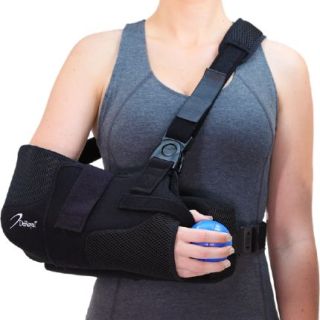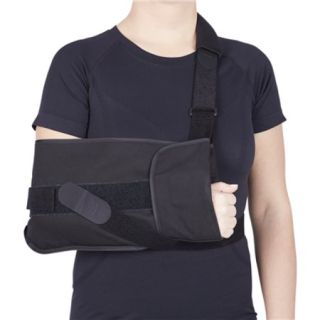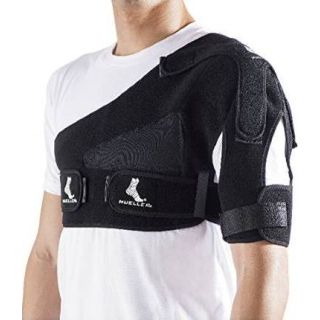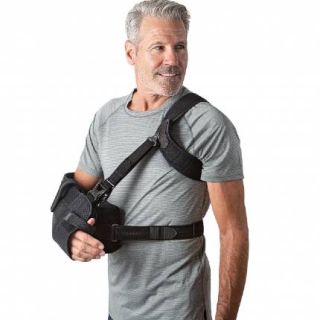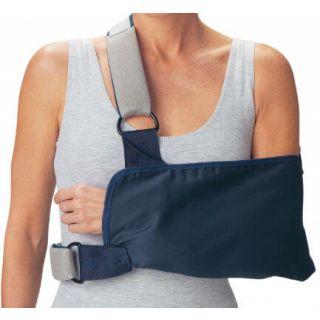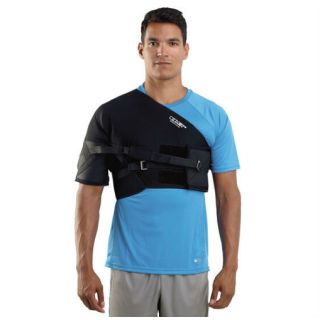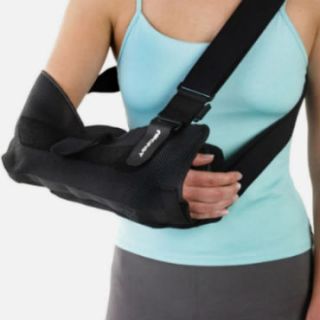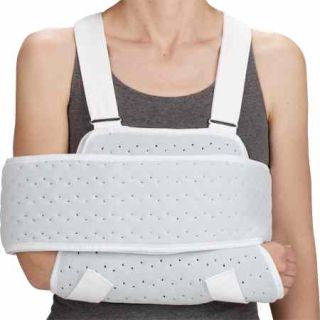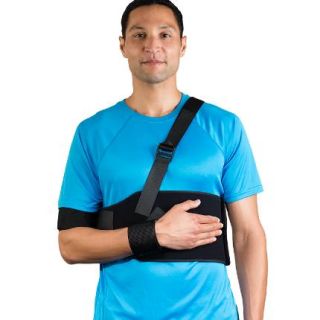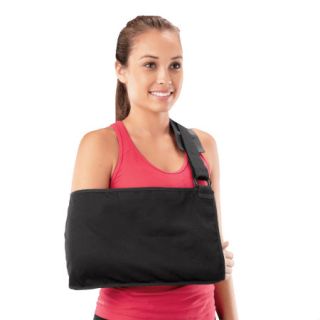-
 Details$159.99 $139.99
Details$159.99 $139.99 -
 Details$59.99 $46.99
Details$59.99 $46.99 -
New Arrival
 Details$87.99 $74.99
Details$87.99 $74.99 -
 Details$159.99 $131.99
Details$159.99 $131.99 -
 Details$137.99 $128.99
Details$137.99 $128.99 -
 Details$46.99 $37.99
Details$46.99 $37.99 -
Add To Cart To See Price
 Details$139.00 $139.00
Details$139.00 $139.00 -
Add To Cart To See Price
 Details$244.00 $244.00
Details$244.00 $244.00 -

-
 Details$24.99 $14.99
Details$24.99 $14.99 -
 Details$41.00 $41.00
Details$41.00 $41.00 -
 Details$21.99 $18.79
Details$21.99 $18.79
Support, Stabilize, and Recover with a Shoulder Subluxation Brace
Partial dislocations and shoulder instability can make daily activities painful and limit your range of motion. A shoulder subluxation brace or subluxation brace shoulder is designed to stabilize the joint, reduce painful movement, and protect the shoulder during activity or recovery.
Choosing the right shoulder brace subluxation depends on your level of instability, activity needs, and comfort preferences. Whether you need a lightweight brace for mild support, a stabilizer for athletic use, or a post-injury immobilizer, using the right support can improve recovery outcomes and help prevent further subluxations.
Our collection of subluxation shoulder braces includes top-rated models from leading medical brands. Many of these braces are adjustable, breathable, and designed for extended wear, making them suitable for everyday use, sports, and rehabilitation. By selecting a shoulder brace to prevent subluxation, you can maintain shoulder mobility while protecting the joint and promoting long-term stability.
Explore our range to find the best brace for shoulder subluxation for your needs, and consult your orthopedic specialist or physical therapist to ensure proper fit and maximum support. Properly fitted shoulder subluxation braces can make a significant difference in comfort, confidence, and recovery.

